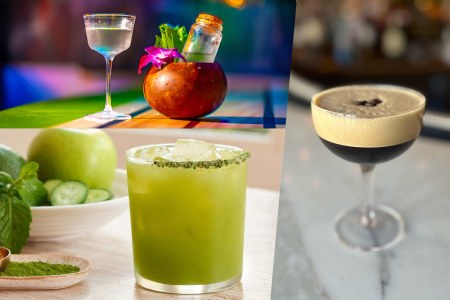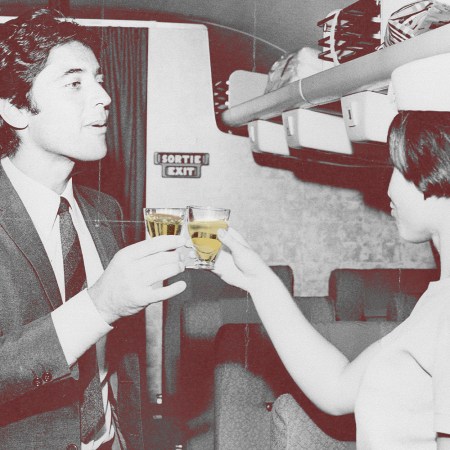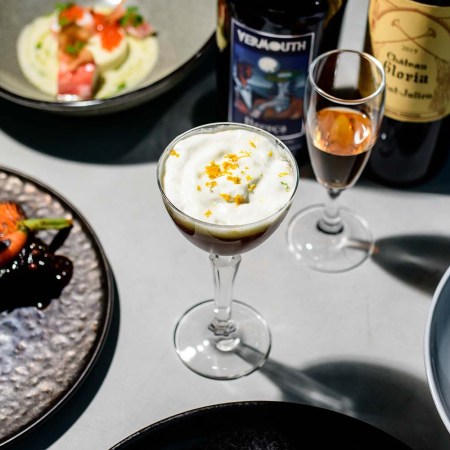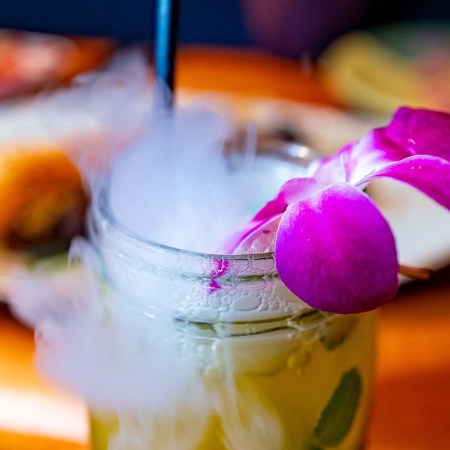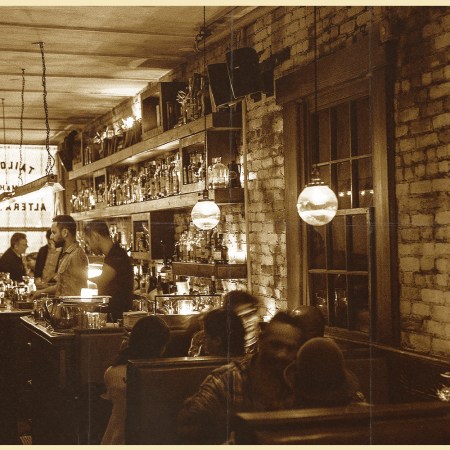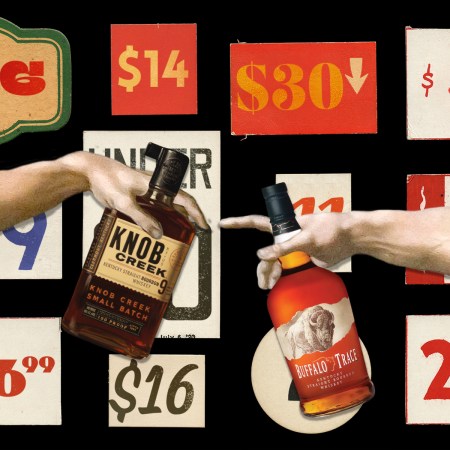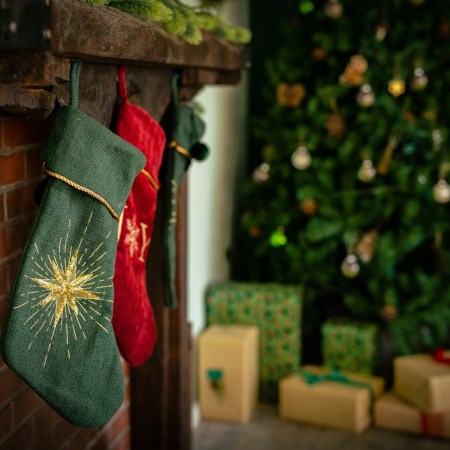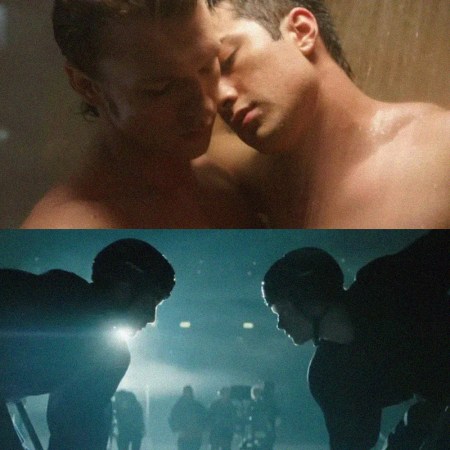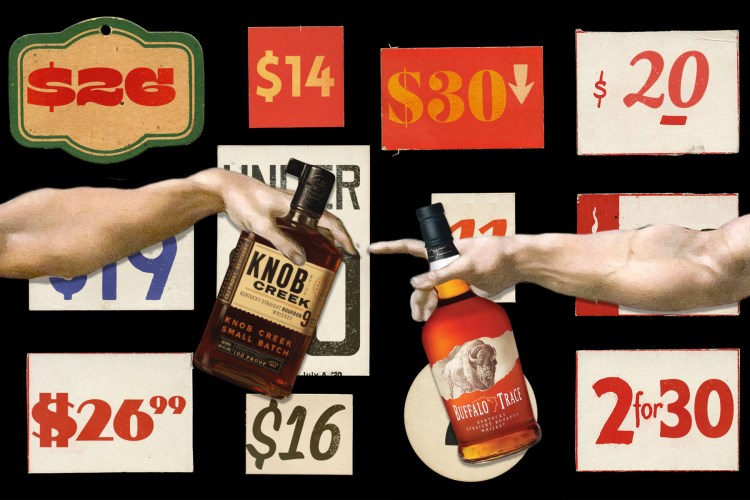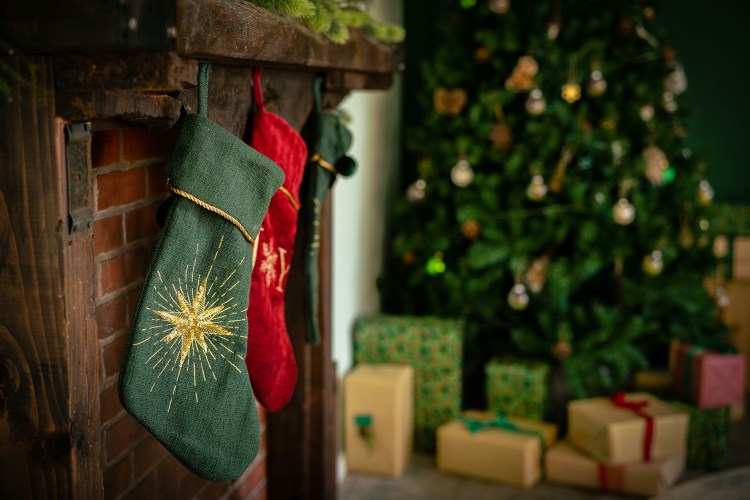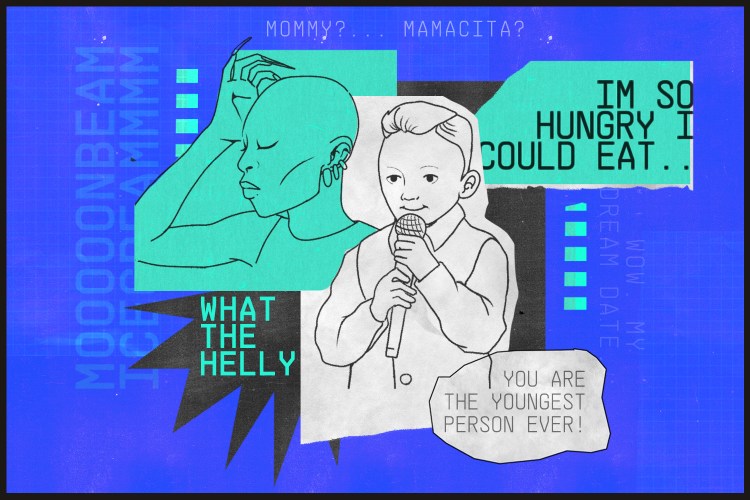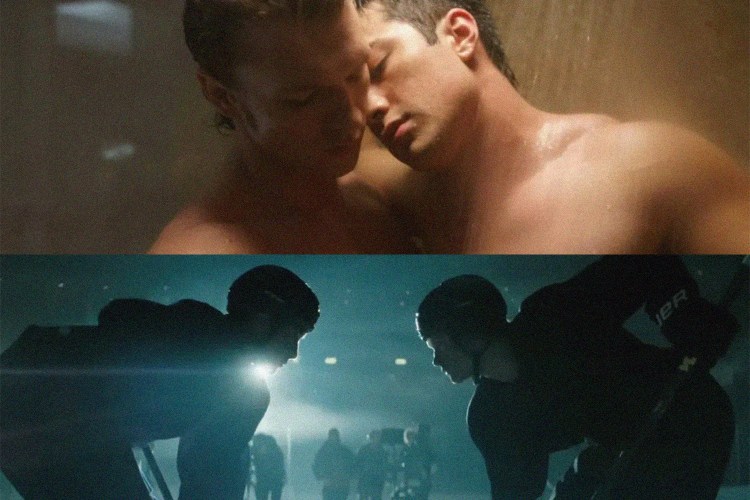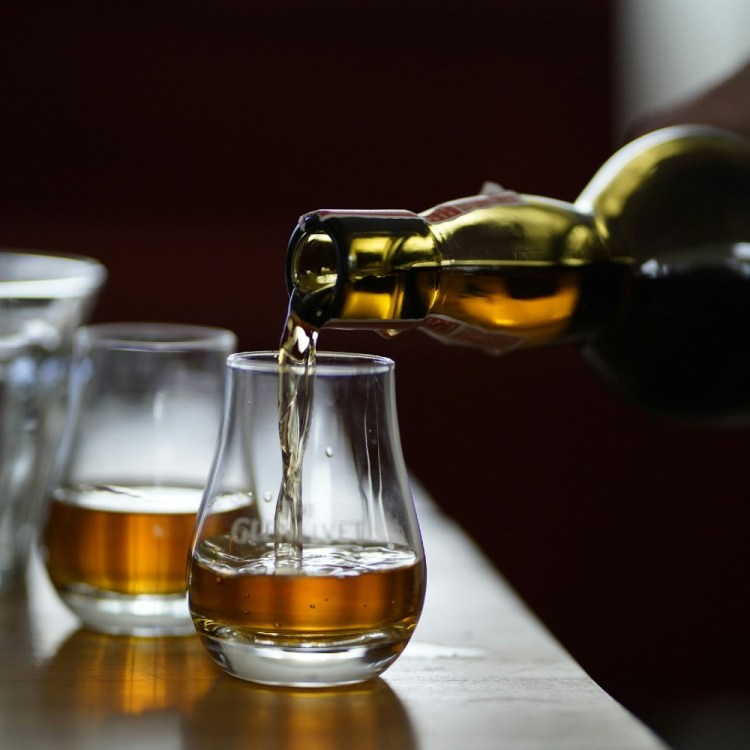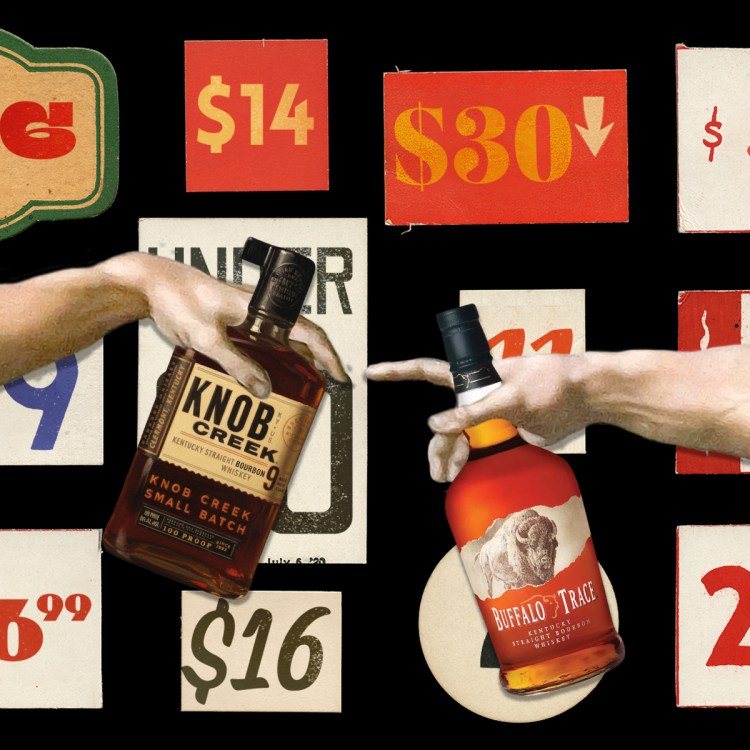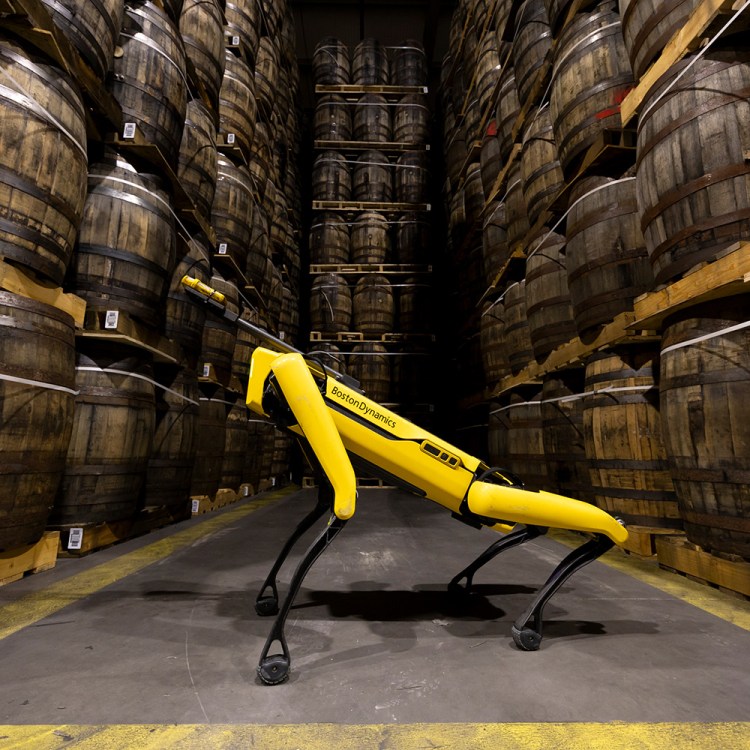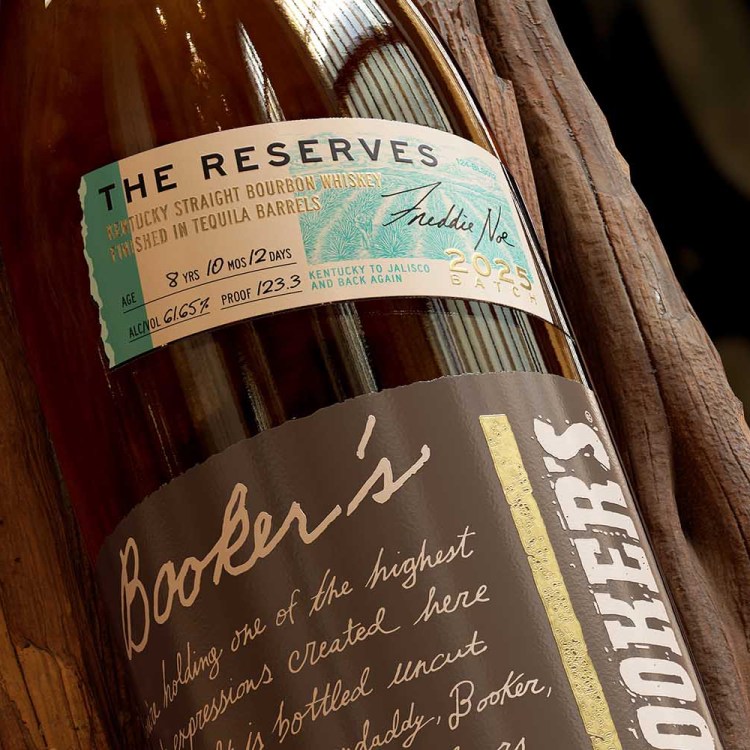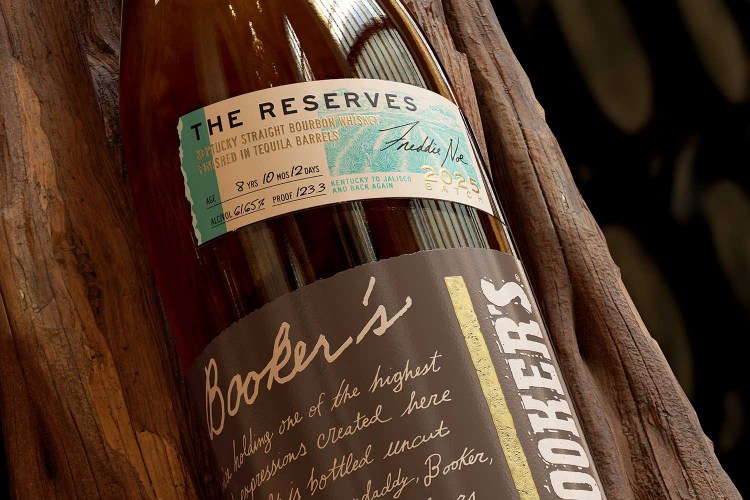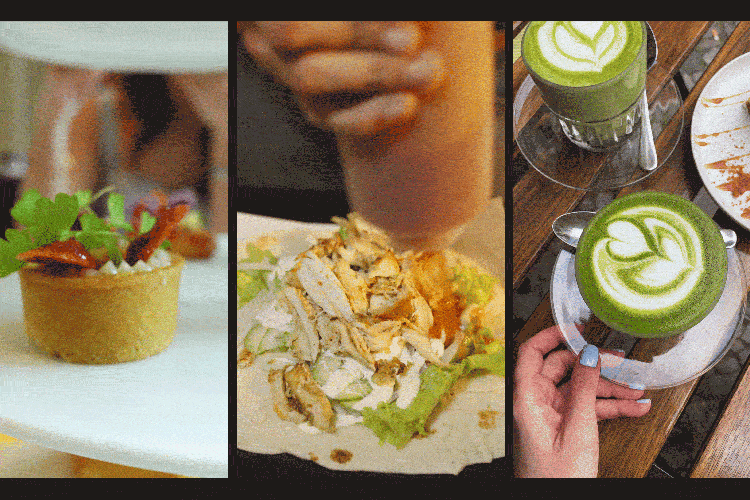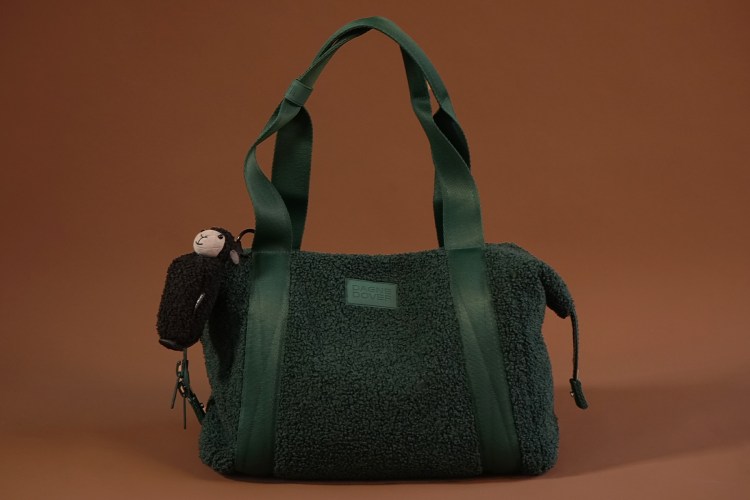There’s an ingredient that award-winning bar director Chris Amirault is willing to pay more than a dollar per gram to use in his drinks. I know what you’re thinking, but even edible gold flakes run somewhere around 50 cents a gram, and Amirault is going to get lots more flavor from this choice than he would from tasteless gold leaf.
For this price, he’s utilizing specialty teas in cocktails hot, cold, shaken and stirred, and he’s certainly not alone. Bars from Austin, Texas to Chicago and everywhere in between are loading up their menus with tea-tinged cocktails. But why are bartenders having this newfound infatuation with a drink humans have been sipping for 5,000+ years?
Genmaicha, coconut oolong, black lavender and lapsang souchong are just some of the designer teas on the menu at Scotch Lodge, the 2025 James Beard Semifinalist bar in Portland, Oregon. On their most recent menu release, more than a third of the cocktails feature tea. “We love our tea at Scotch, that’s for sure,” says bartender Jeremy Bro. “It’s a good hack for adding instant depth of flavor to cocktails.”
These exotic teas will be new to most guests, and when they can’t quite put a finger on what they’re tasting, the cocktail as a whole becomes more nuanced. Rather than being able to pick out specific notes like the tang of lime or the savory edge of tomato, this flavor X-factor helps the drink meld as one.
How Cafe Culture Has Influenced Cocktails Beyond the Espresso Martini
Coffee and tea have made appearances in cocktails forever. Here’s why bartenders love them as ingredients.Beyond this ineffable quality, tea adds depth in a second way: texture. “For the Lychee Martini, I use white peony tea,” says Gregory Kong, beverage director at Nomad Tea Parlor in New York City. “It’s pricey, but it’s essential to this drink because it dries out the whole thing and adds subtle earthy and nutty notes.”
That drying character comes from the tannins, found in all teas, which bind with saliva (yum!) to give your mouth a dry or puckering feel. For this Lychee Martini, Kong purposely over-steeps the white peony tea to extract maximum tannins. “It works almost like salt in cooking,” he says. “Tea is like the final seasoning on a drink.”
Both Kong and Amirault note that the high price for these teas is tempered by the many ways they can be used behind the bar. A single tea can be steeped for a sweetened syrup, infused to add flavor to a spirit, and added to fruit and spices in a cordial. Each of these uses will extract different aspects from the tea leaves.
That ability to lend both layered flavor and mouthfeel makes tea a part of another still-growing movement behind the bar: low and no-alcohol cocktails. Kevin Beary, partner and beverage director at Three Dots and a Dash in Chicago, says it’s important that his non-alcoholic cocktails “push the bounds of what your palate can experience,” just like the rest of the drinks on his menu.
“I make a lot of non-alcoholic cocktails and I couldn’t do it without tea,” Beary says. “It’s absolutely indispensable.” Beary and his team shy away from so-called spiritless imitation spirits, so tea acts as a base for many of his booze-free creations.

The most fascinating example on the current menu is the Sunday Scaries, a mix of coconut water, pandan and sobacha tea. Sobacha is made by steeping roasted buckwheat, and it has a nutty, slightly savory quality that balances the refreshing sweetness of coconut water and the vanilla-laden dessert profile of pandan. “The tea makes the whole drink intriguing,” Beary says. “It provides so much body and flavor to what could be a thin, watery concoction because you don’t have the spirit as a backbone.”
All of these attributes have made tea a great addition to cocktails for centuries. The very first cocktail book issued in the United States in 1862 contained more than a dozen recipes featuring tea. So why the boom now?
“There are definitely more people interested in tea in the United States than ever,” says Amirault, who is the consulting bar director at Steep LA in Los Angeles. During the decade between 2012 and 2022, imports of tea grew roughly 23%, and with this growth a flood of new, unique teas entered the domestic market.
Using the finest teas and listing them on menus is a way for bars to indicate quality and a dedication to sourcing premium ingredients. Just as the team behind your favorite fancy drinks replaces “orange” with “blood orange” or even “Tarocco Italian blood orange,” “green tea” becomes “dragon pearl tea.”
“If you’re considering the language you use on the menu, it’s always a storytelling component,” Amirault says. In this case, high-end, exclusive teas are telling the story of quality, flavor and care.
Here are some of the high-end tea varieties you may spot on a cocktail menu during your next drinks outing.
Lapsang Souchong
This smoky tea has seen an explosion in popularity over the last three years, growing alongside the smoky likes of mezcal and American single malts. Alone, this tea tastes something like burning pine bark with accents of malted barley and caramel hard candies. But in mixed drinks, it usually contributes its more campfire-esque aspects.

You might see it paired with other smoky elements, like in the Cigar Box at the Roosevelt Room in Austin, where lapsang souchong syrup meets mezcal, lavender bitters and smoked cinnamon. But it’s just as likely to end up bringing depth to a fruity concoction, like the $8 Lap Dance at Happy Accidents Bar in Albuquerque, New Mexico, where the bar mixes the tea with bright bitters and peach.
Pu-erh
Pu-erh is a fermented black tea. Because of the vast range of temperatures, moisture levels and methods of fermentation, it can portray a wide array of flavors. For the most part, you’ll notice earthy mushroom-like notes mixed with forest floor and even leather. However, some pu-erhs can have subtle fruit and spice character or the funky flavors of hay, animal and barnyard (in a good way).
Cloud Mist Tea, Dragon Pearl Tea, Gunpowder Green Tea
These are just a sample of the many names for specialty green teas. They may point toward two things: how the tea leaves were treated or where the tea leaves were grown. Both pearl teas and gunpowder greens have each leaf hand-rolled into a small orb, which maintains the intensity of the tea’s flavor and a higher caffeine content.
Green teas will usually contribute a subtle herbal, grassy or vegetal complexity to a cocktail. The delicate flavors of Longjin tea mingle with gin and white vermouth in the Clear Eyes, Full Hearts drink at Steep LA, rather than intense flavors like fruit or barrel-aged spirits that could overpower the tea.
Oolong
Oolong is a specific category of tea that sits between green and black. They are partially oxidized, which gives them some of the tannin and heft of a black tea while holding onto the fresh grassy qualities of a green tea. Think of oolong as expressing classic tea characteristics of herbal aromas with a dry mouthfeel.
At the Champagne Bar at the Four Seasons Hotel and Residences at The Surf Club, Miami, the Peacock cocktail showcases cold-infused Huang Guan Yin tea. This specific oolong is known for its delicate floral aroma, subtle sweetness and naturally soothing qualities, which round out the whiskey and bergamot in the highball. Generally, bartenders love to make oolong into syrups because the flavors are complex, but those tannins keep a syrup or infusion from being too sweet.
Tibetan Tiger Tea, High Mountain Keemun Tea, Pure Ceylon
Black teas are fully oxidized, so they tout leather, very dark chocolate and natural bitterness. The flavor of the teas will vary slightly by region; most of the names of these specialty black teas refer to the place where the tea is grown. Although Employees Only in New York City is focused on a lively yet approachable vibe, the team still calls out “Tibetan Tiger Tea” on the menu as a special part of the clarified Strangers Punch. As an ingredient, it walks the perfect line between unconventional and familiar.
Every Thursday, our resident experts see to it that you’re up to date on the latest from the world of drinks. Trend reports, bottle reviews, cocktail recipes and more. Sign up for THE SPILL now.


